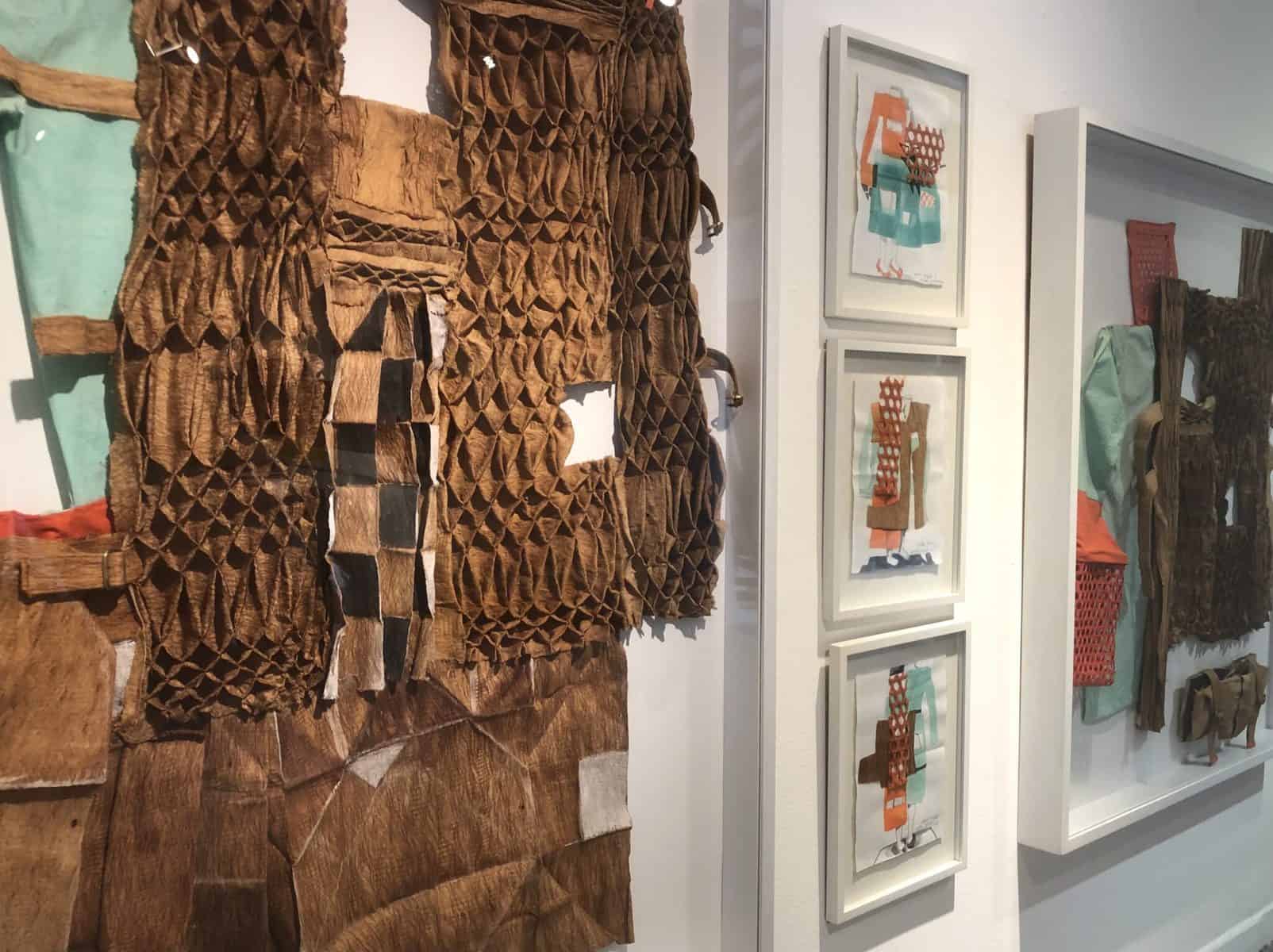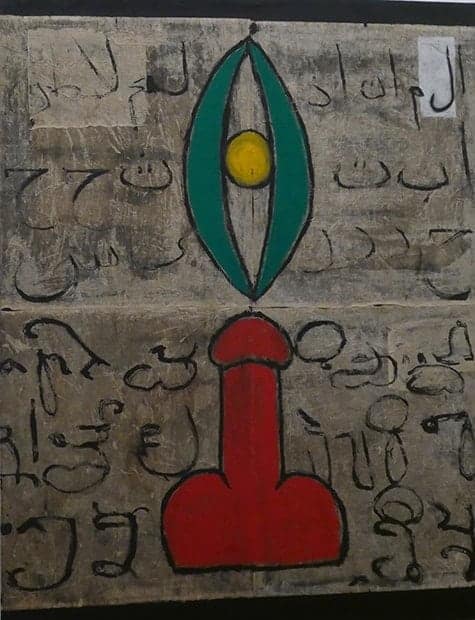The National Gallery of Indonesia recently hosted the compelling exhibition 'Indonesian Women Artists #3: Infusions Into Contemporary Art', showcasing works by 10 established Indonesian women artists born between 1948–1969. This exhibition provided a powerful platform for artists including Arahmaiani, Dolorosa Sinaga, Melati Suryodarmo, Mella Jaarsma, Sri Astari Rasyid, Titarubi, Bibiana Lee, Dyan Anggraini, Indah Arsyad, and Nunung W.S.

Indah Arsyad, The Ultimate Witness, 2019. Image courtesy of the National Gallery of Indonesia.
The term "infusion" aptly described the selection, as these artists have undeniably injected fresh perspectives into the Indonesian contemporary art scene through their active and often provocative practices. The works presented moved beyond representations of womanhood, offering sharp critiques of broader global issues—historical, political, and environmental—affecting their communities both locally and internationally.
Transdisciplinary Approaches
Mella Jaarsma's 'A Taste of Behind' (2018) utilizes natural materials like barkcloth and bamboo to create 'clothes' that challenge social conditioning and beauty standards by altering the body's natural form and questioning conventions of modesty. "I seek to start a new trend by displaying a part of the human body that is still typically covered: the butt," she states.

Mella Jaarsma, A Taste of Behind, 2018. Image courtesy of the National Gallery of Indonesia.
Nearby, the remnants of Melati Suryodarmo's intense 5-hour durational performance 'Amnesia' (2022) lingered. First performed in Japan, the piece involves sewing, counting, and marking as a powerful recollection of fragmented memories and histories that shape identity.
Examining Gender and Community
While some artists like Arahmaiani initially gained recognition for advocating gender equality, the exhibition highlighted the evolution of their practices. Arahmaiani's early painting 'Lingga-Yoni' (1994) explores the balance between male and female principles for achieving peace. She challenges traditional representations by placing the Yoni (female symbol) atop the Lingga (male symbol), prompting a reconsideration of gender perspectives inspired by her research at Javanese temples like Candi Sukuh.

Arahmaiani, Lingga-Yoni, 1994. Image courtesy of the National Gallery of Indonesia.
"The work isn't about suggesting the position of one gender above the other... I meant to open up our perspectives regarding how we see gender, and take us back to the principle of balance." - Arahmaiani
This principle underpins her ongoing 'Flag Project', which uses community-based practice to advocate for global peace and address issues like environmental concerns. The 'Nusantara Series' features flags stitched with words like "love" and "justice" in various Indonesian dialects, unifying communities through shared values.
The exhibition's strength lay in its curatorial approach, allowing each artist's distinct voice and practice to resonate individually, fostering plurality rather than imposing a singular narrative. It underscored the perseverance of these artists within Indonesian art history, showcasing their unwavering commitment to research and art-making that challenges established views and systems.